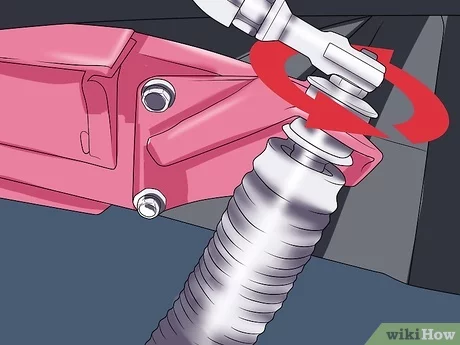How to Find the Big Dipper: 10 Steps

Finding the Big Dipper is a great way to acquaint yourself with navigating the night sky. The constellation is an easily identifiable and useful starting point for locating other stars, constellations, and celestial objects. Here are ten simple steps to guide you in finding the Big Dipper.
1. Choose a clear night: A cloudless night with limited light pollution will make the stars shine brighter, making it easier to locate this famous constellation.
2. Find a dark spot: Move away from buildings and city lights. Choose an open space where trees or other structures do not obstruct your view.
3. Check the time and date: The Big Dipper is visible year-round in most of North America. However, its position may shift slightly depending on the season and time.
4. Face North: Standing towards the northern horizon will increase your chances of spotting the Big Dipper. Look for Polaris (North Star) as it’s our north celestial pole.
5. Get familiar with the shape of the Big Dipper: The constellation resembles a ladle or dipping spoon, with a long curved handle connected to a bowl made up of four stars.
6. Search for Ursa Major: The Big Dipper is essentially part of a larger constellation called Ursa Major (Great Bear). It represents a smaller pattern within its front legs and head, making it easier to spot.
7. Locate the two pointer stars: Once you find Ursa Major, locate “Dubhe” and “Merak,” which are two contrasting stars that make up the outer part of the bowl in the Big Dipper.
8. Use pointer stars as your guide: Draw an imaginary line extending from Merak through Dubhe, following along approximately five times their distance apart will lead you to Polaris (North Star).
9. Trace back to form handle: Once you successfully locate Polaris, trace back to the two pointer stars and look for three adjacent stars trailing in an arc.
10. Confirm your observation: If you successfully follow these steps, you should be able to identify the Big Dipper. It will help you find other prominent constellations and celestial bodies as you continue stargazing.
Armed with these simple steps, go ahead and indulge in some stargazing fun. As your familiarity with the night sky grows, finding the Big Dipper will eventually become second nature. Happy stargazing!


